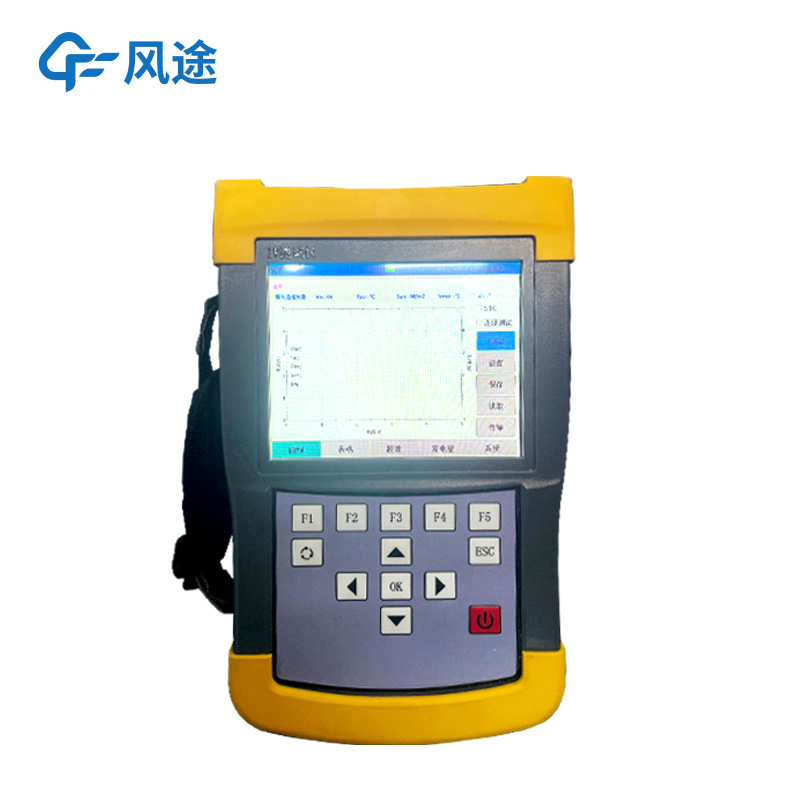Tianyi Sensor IOT Technology Co., Ltd
Sales Manager:Ms. Emily Wang
Cel,Whatsapp,Wechat:+86 15898932201
Email:info@fengtutec.com
Add:No. 155 Optoelectronic Industry Accelerator, Gaoxin District, Weifang, Shandong, China

Sales Manager:Ms. Emily Wang
Cel,Whatsapp,Wechat:+86 15898932201
Email:info@fengtutec.com
Add:No. 155 Optoelectronic Industry Accelerator, Gaoxin District, Weifang, Shandong, China
time:2025-09-02 09:12:26 source:Weather Station viewed:151 time
The Portable IV Curve Tester is a professional device used to measure the performance of photovoltaic (PV) cells. Its core testing purpose is to accurately evaluate key performance parameters of PV cells, such as conversion efficiency and output power, by obtaining the current-voltage (I-V) characteristic curve of the cells under different light and temperature conditions. This provides an important basis for judging the performance of PV cells.
In terms of testing principles, the Portable IV Curve Tester conducts tests based on the photoelectric effect and circuit analysis. Specifically, the photoelectric effect manifests as the absorption of photon energy by the cell sheet, which is then converted into electron energy. This energy drives the migration and flow of electrons inside the material, thereby generating an electric current. In actual testing, the instrument often adopts the variable load method (also known as the scanning method). It uses a flash lamp to simulate sunlight irradiation and gradually adjusts the light intensity to a set value (usually 1000W/㎡). During this process, it real-time measures the current and voltage output by the PV module, and finally generates the IV characteristic curve.
From the IV characteristic curve generated by the Portable IV Curve Tester, a number of key parameters of the PV module can be clearly obtained. For example, the short-circuit current (ISC) can reach 14.491A, the open-circuit voltage (VOC) is 51.705V, the maximum power current (IPM) is 14.235A, the maximum power voltage (VPM) is 41.559V, and the maximum power (PMAX) is 591.63W.
In the production process of PV modules, the IV test conducted with the Portable IV Curve Tester is a crucial part of the module factory inspection. This test can directly reflect core performance indicators of the module, such as power and efficiency. At the same time, based on the IV data obtained from the test, the quality of the module packaging can also be judged. In actual production scenarios, under normal circumstances, the proportion of modules with power reaching 590W or above in one production shift is approximately 80%. If this proportion suddenly drops to 60%, staff can use the Portable IV Curve Tester to quickly conduct tests and data analysis, promptly identify abnormal issues in the production line, conduct in-depth analysis of the causes of the abnormalities, and adjust the production line accordingly. This ensures the stability of the production line's packaging process and guarantees that the quality of PV module products meets the standards.

Audio and video life detection device is an emergency rescue device integrating audio acquisition and video imaging functions. It obtains images, sounds, and infrared thermal images of trapped individuals through a rotatable probe. The device supports a 180-degree observation range, offering good visibility, high reliability, and ease of operation, making it suitable for rapid search and rescue operations in earthquakes, landslides, building collapses, and other scenarios....
As the impacts of climate change continue to intensify, the frequency and destructive scale of flood disasters are on the rise, posing severe threats to public safety and socio-economic development. Summer is inherently a high-risk period for disasters such as floods and droughts. To further enhance...
Measuring river water levels is necessary for flood control and disaster reduction. Through real-time monitoring of river water levels, we can timely grasp the changes in water levels, issue warnings before floods arrive, strive for time for personnel evacuation and property transfer, and minimize t...
After long-term use, photovoltaic modules are prone to various defects. Issues such as microcracks and degradation can seriously affect power generation efficiency and the lifespan of the system. This is where the EL detector, a photovoltaic operation and maintenance device, comes into play. It is a...